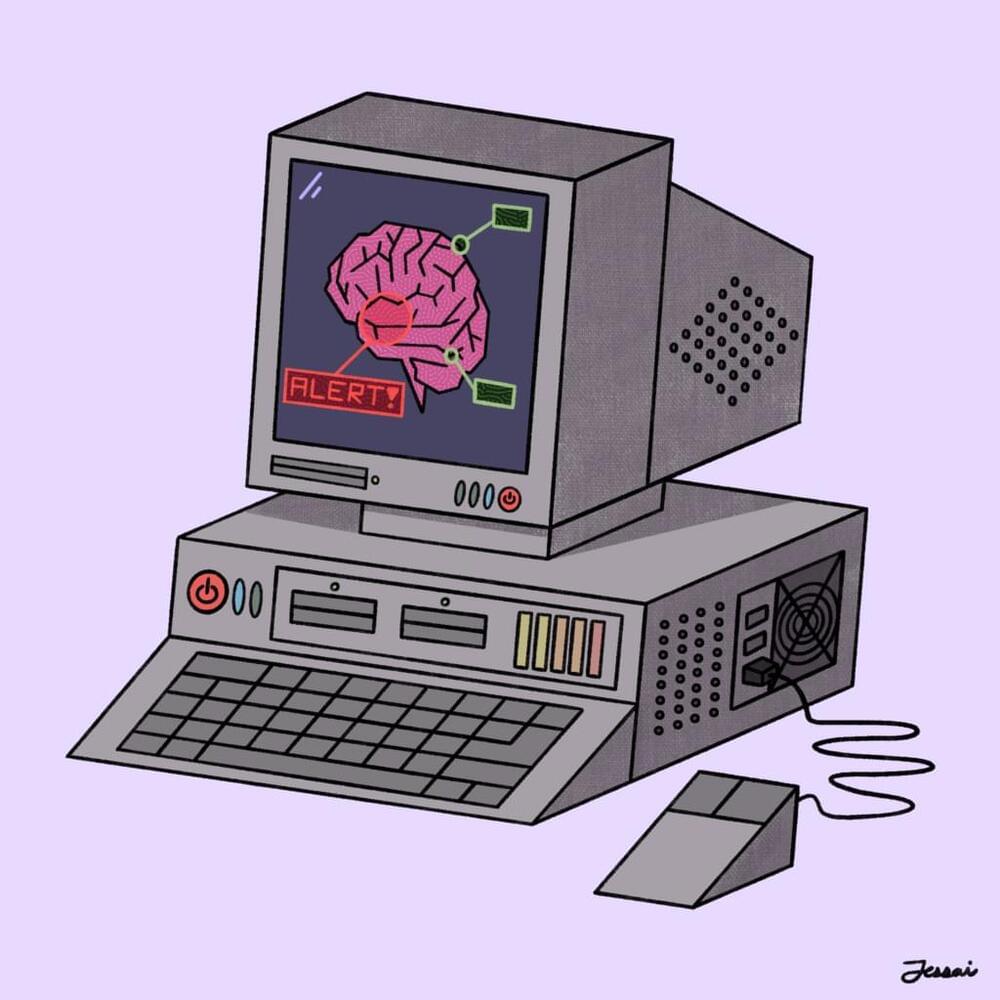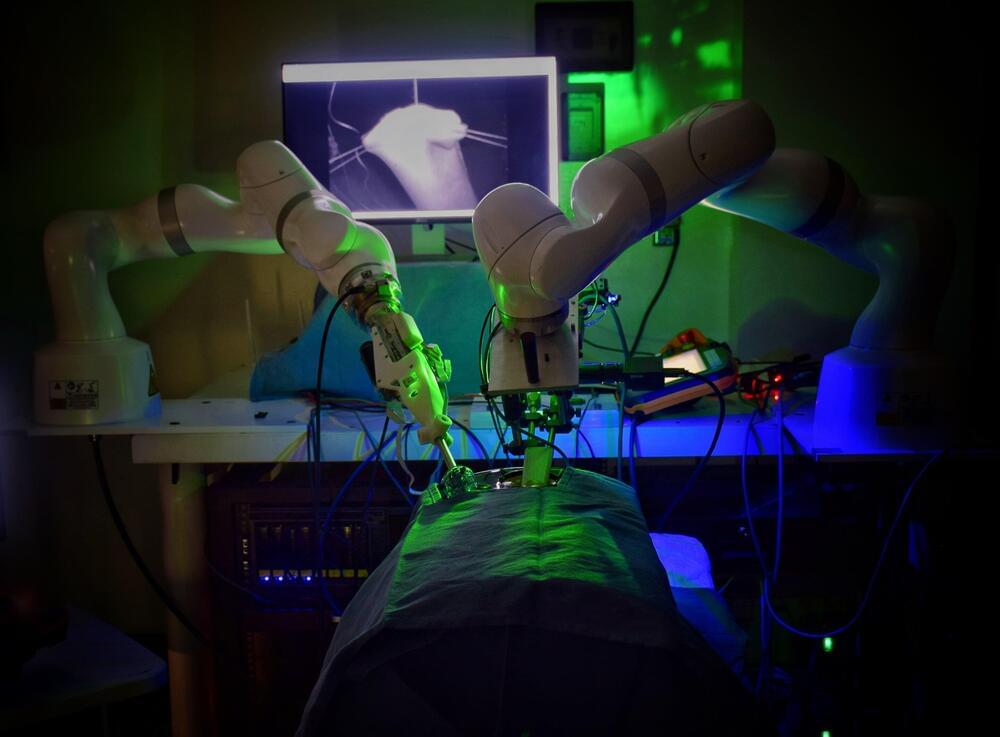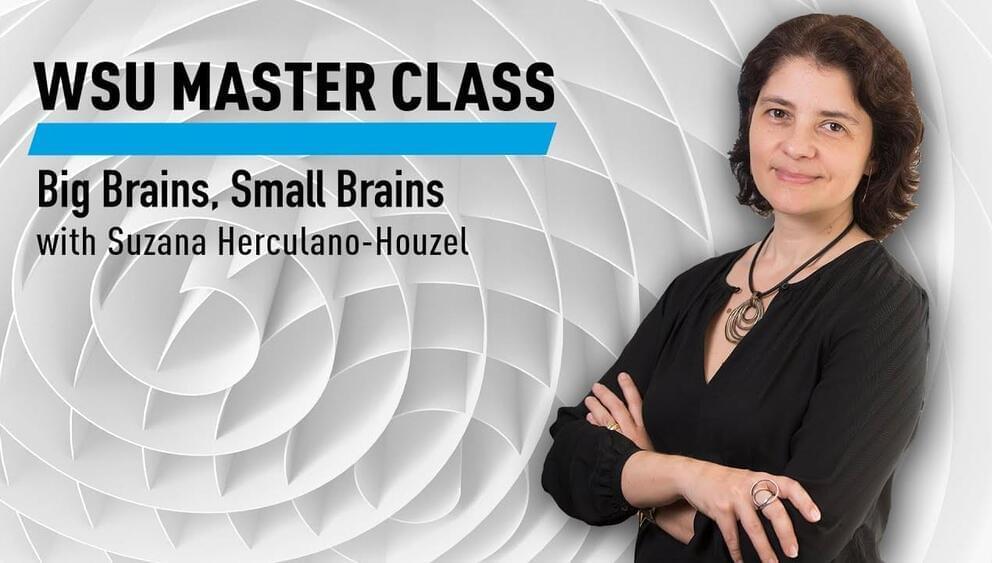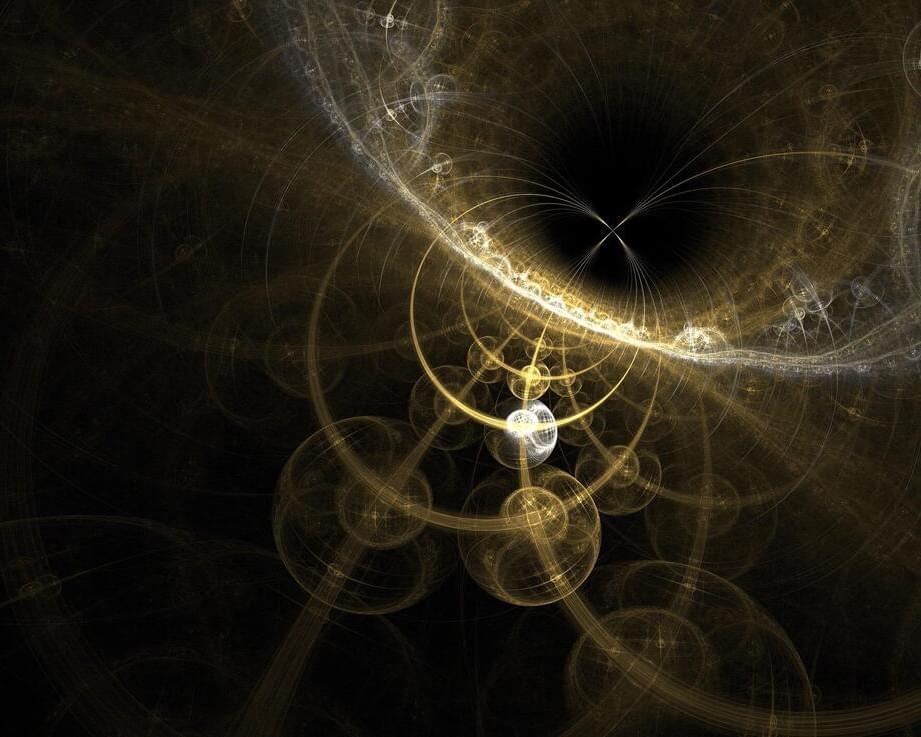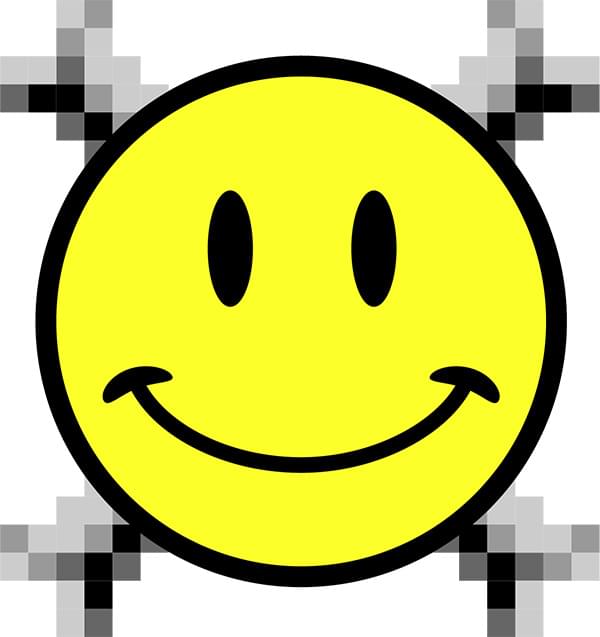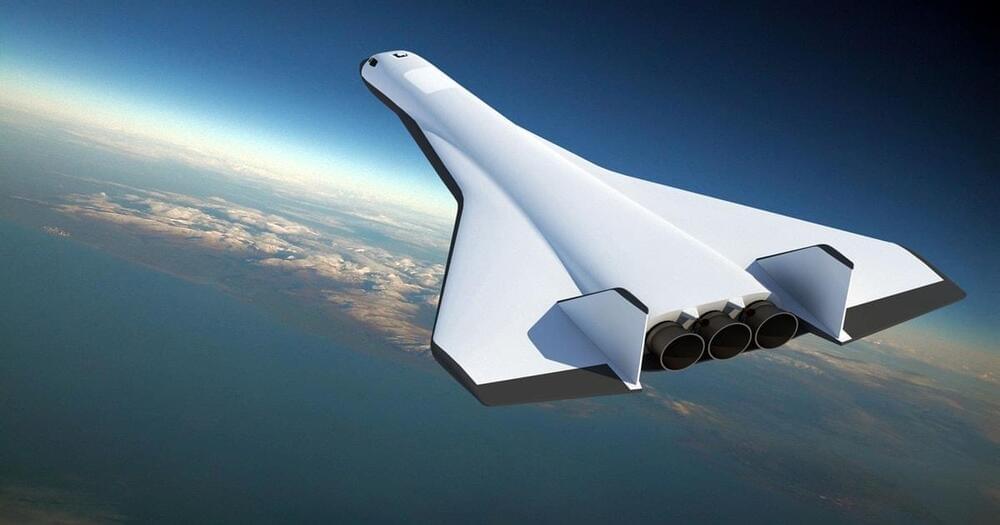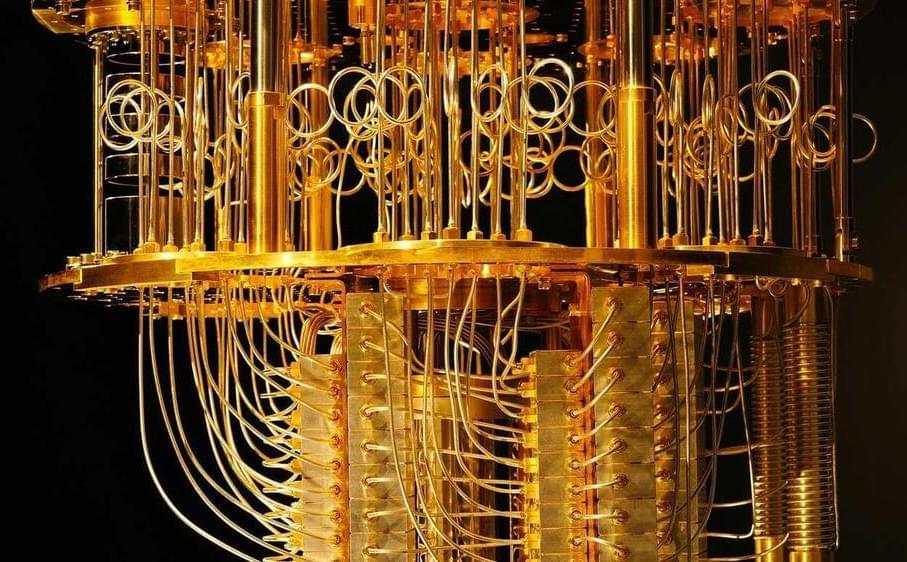
For humans, background noise is generally just a minor irritant. But for quantum computers, which are very sensitive, it can be a death knell for computations. And because “noise” for a quantum computer increases as the computer is tasked with more complex calculations, it can quickly become a major obstacle.
But because quantum computers could be so incredibly useful, researchers have been experimenting with ways to get around the noise problem. Typically, they try to measure the noise in order to correct for it, with mixed success.
A group of scientists from the University of Chicago and Purdue University collaborated on a new technique: Instead of directly trying to measure the noise, they instead construct a unique “fingerprint” of the noise on a quantum computer as it is seen by a program run on the computer.
